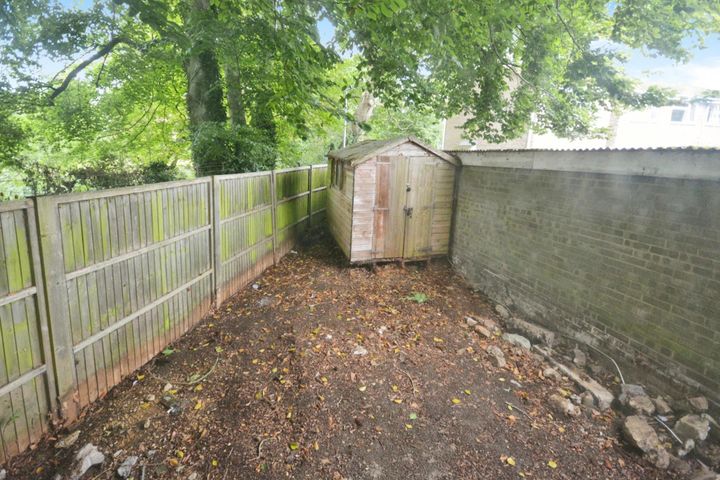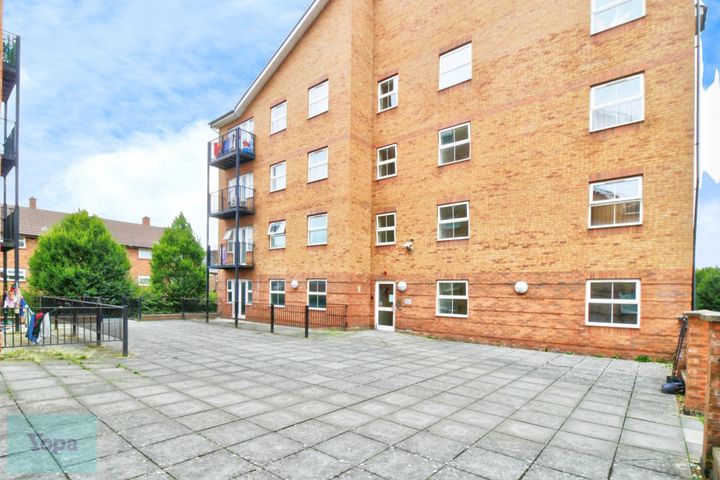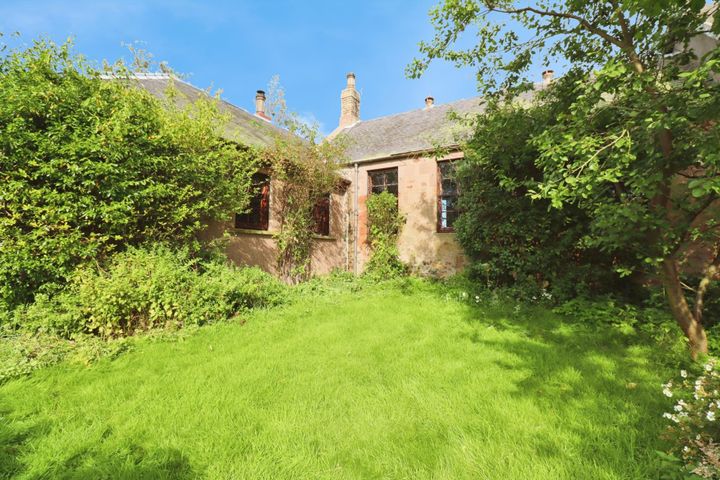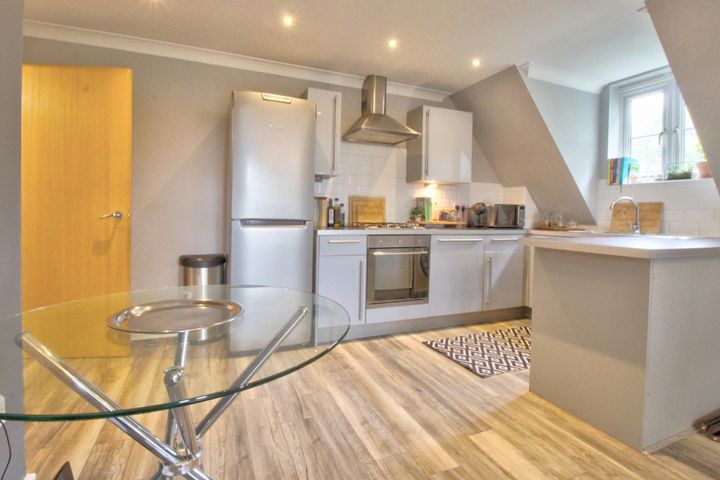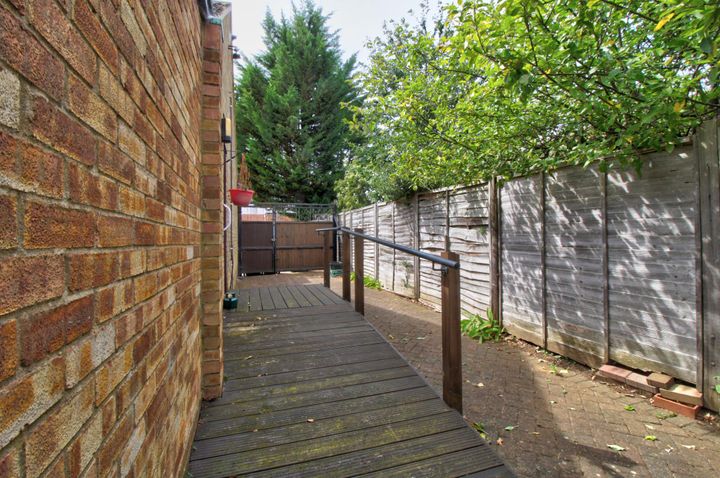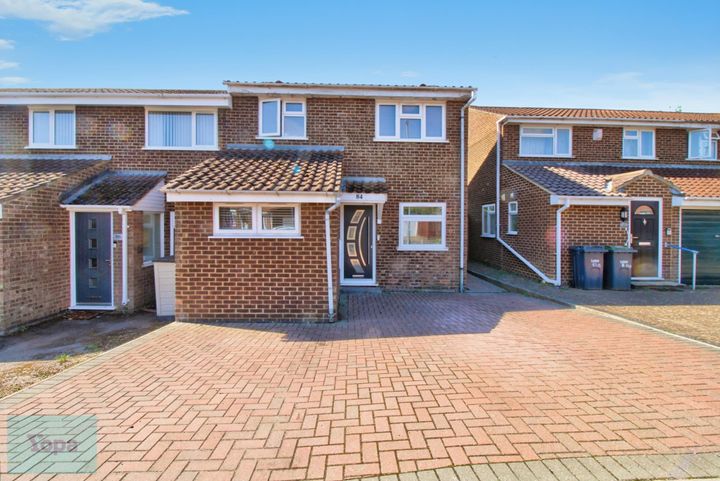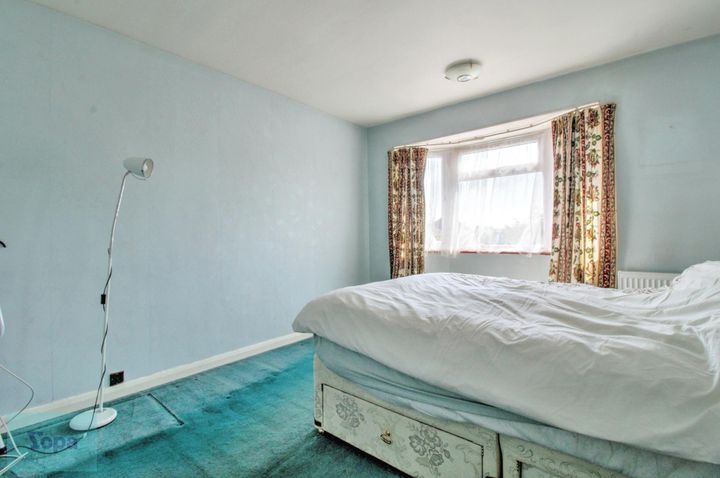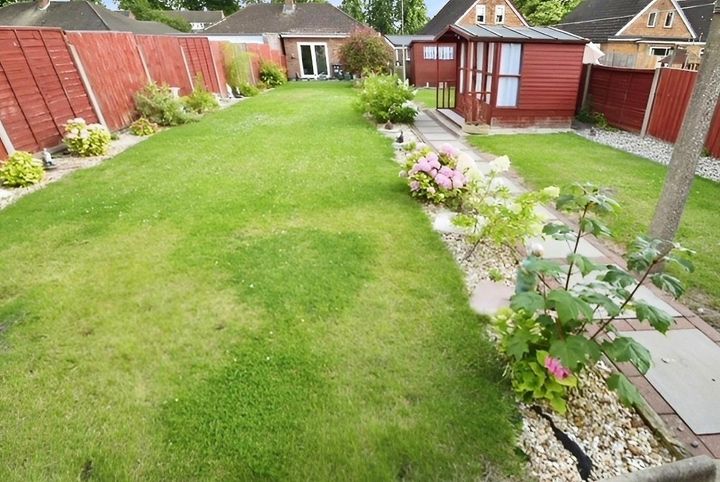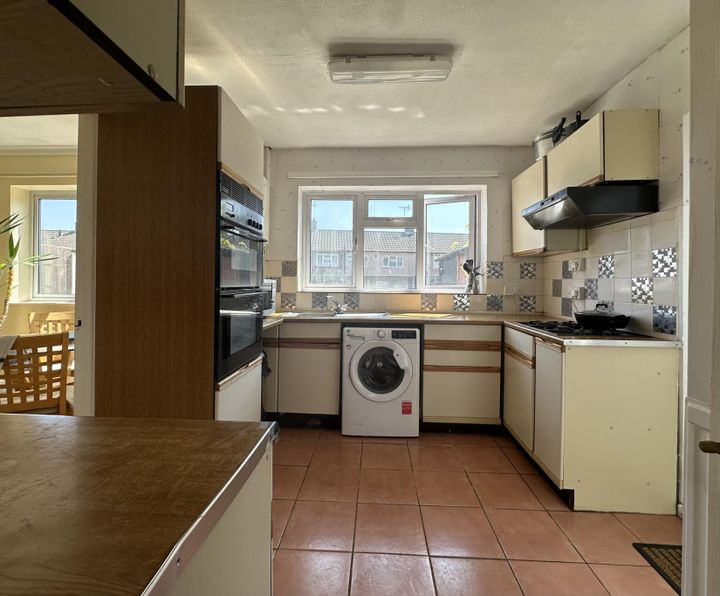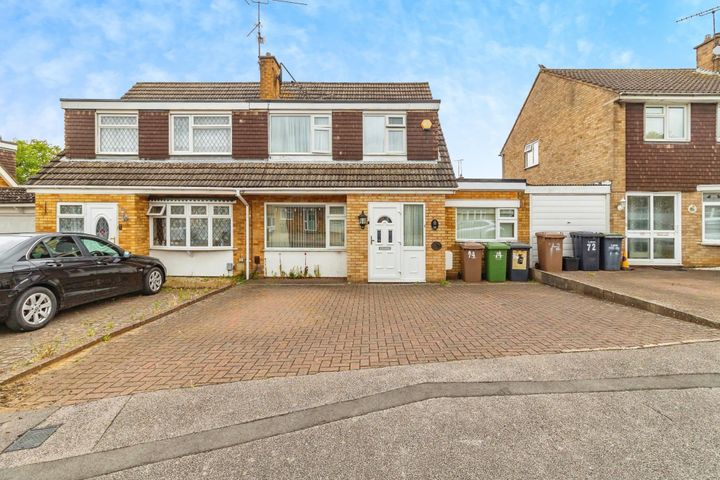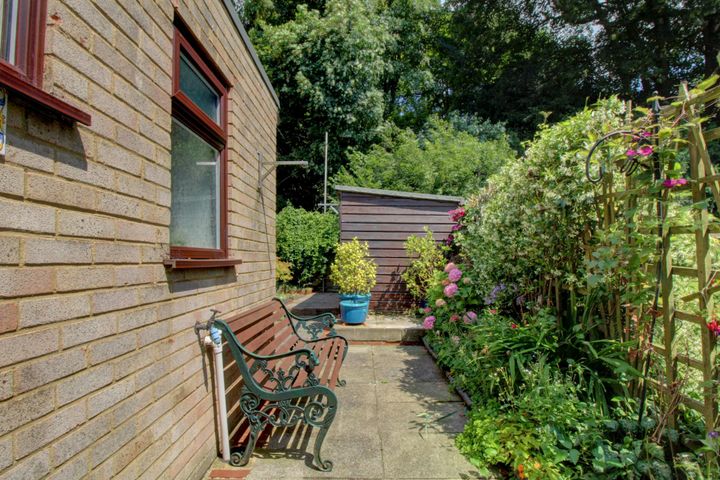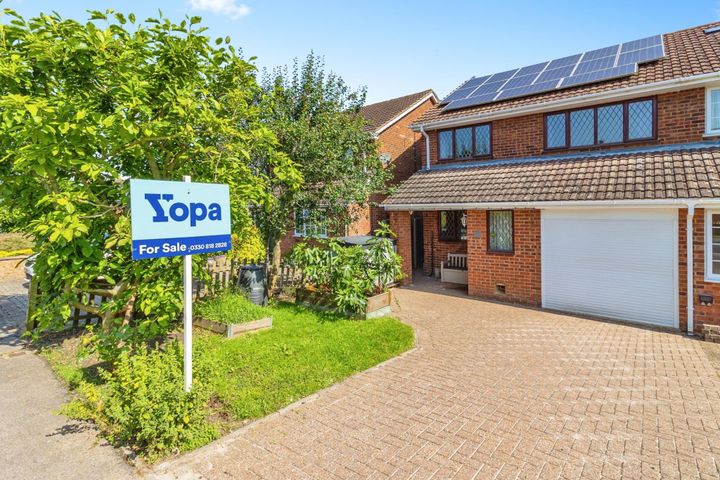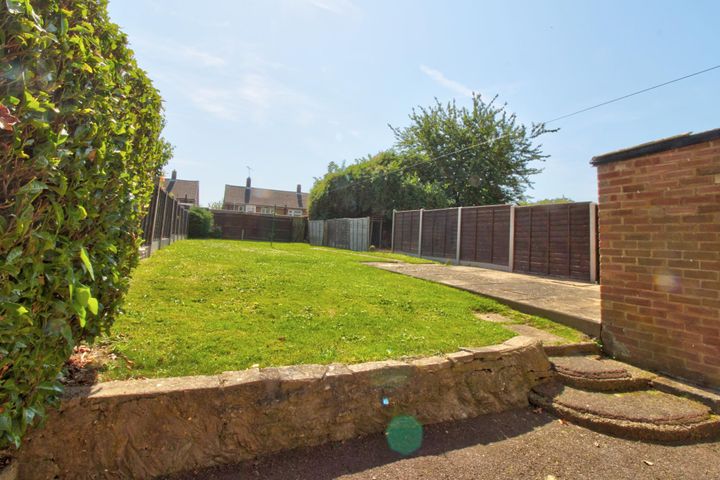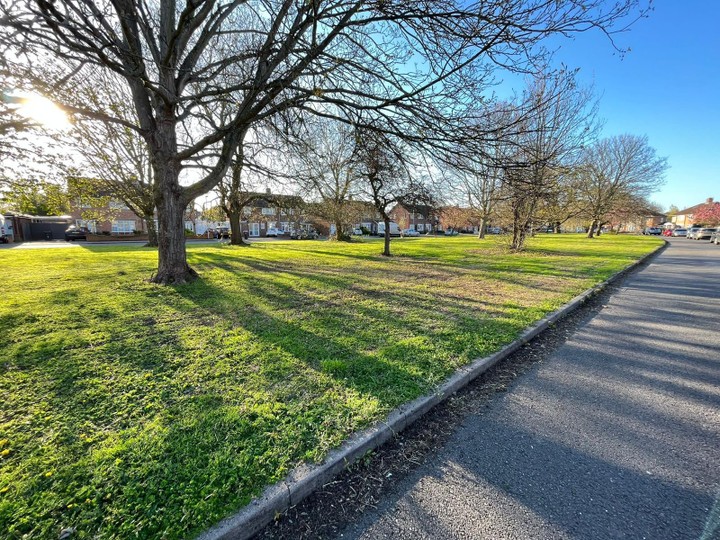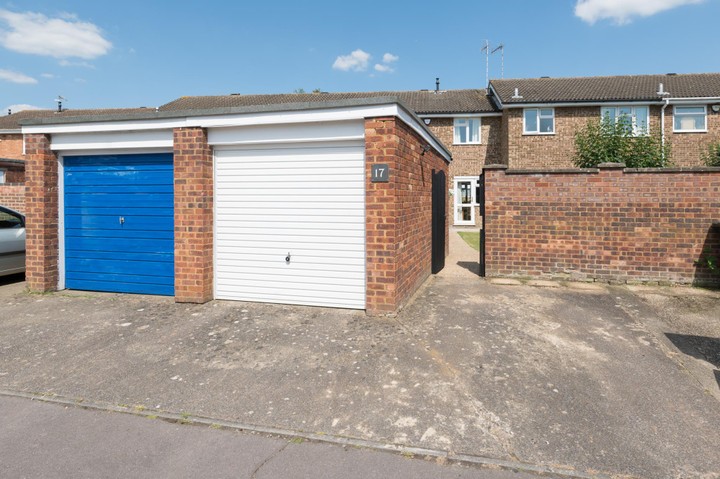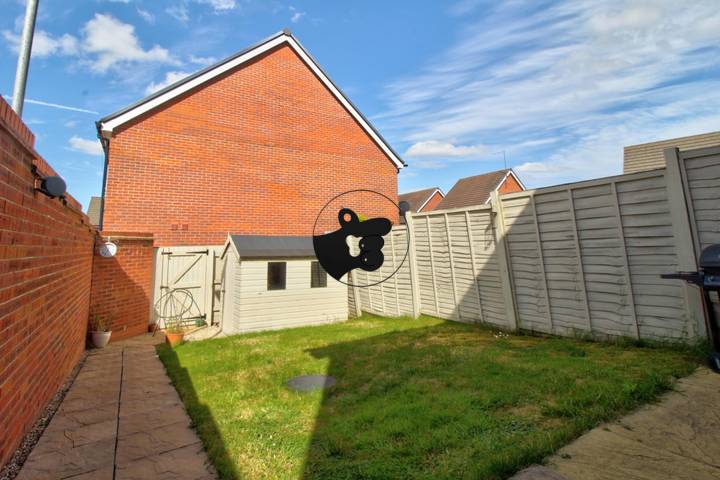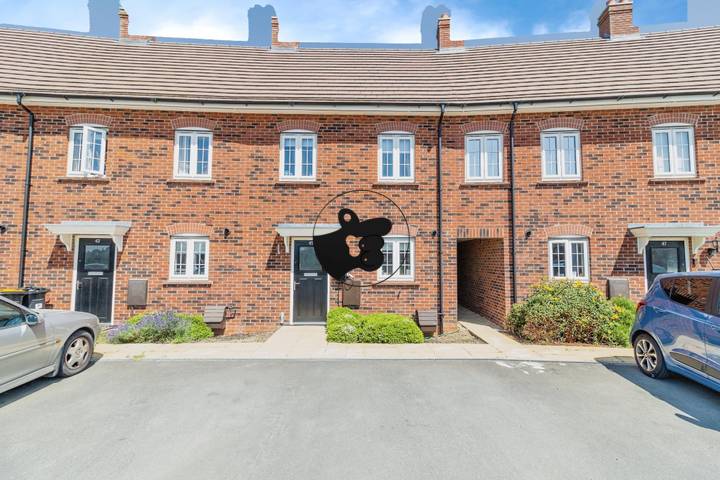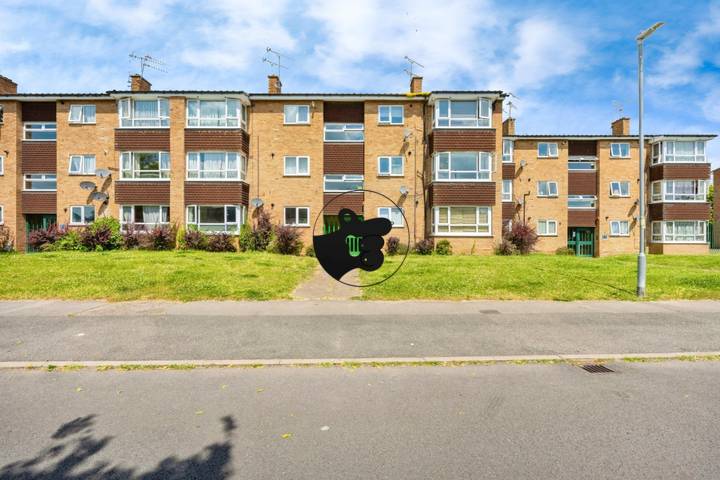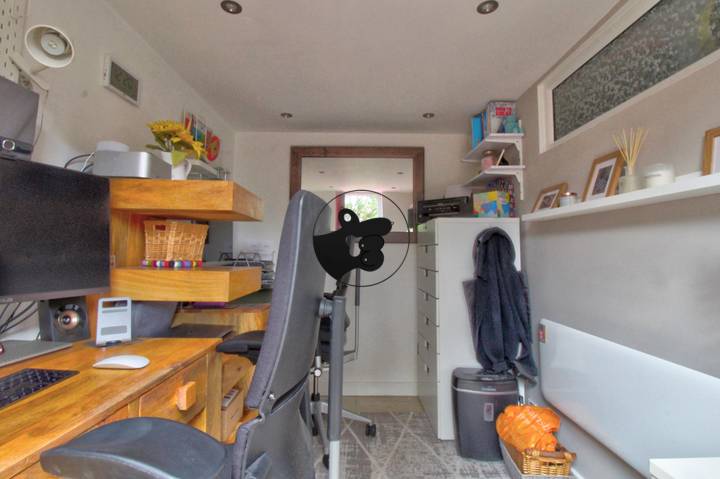Real estate prices in Bedford are influenced by a variety of factors including location, local amenities, transport links, and market trends. Properties situated near the town center or in desirable neighborhoods such as Castle or Brickhill tend to command higher prices due to their proximity to shops, restaurants, and schools. The effectiveness of transport connections, particularly the direct rail service to London, also plays a significant role; homes within walking distance of Bedford Station often attract commuters willing to pay a premium. Additionally, developments in local infrastructure, such as the expansion of the A421 and improvements to local parks, can elevate property values. Market trends, influenced by the overall economic environment and housing demand, can lead to fluctuations in pricing as seen during periods of increased buyer interest or economic uncertainty. Finally, socio-economic factors, like the demographics of the area and the availability of employment opportunities, further shape real estate values in Bedford.
Bedford
Location
Price Range
Any price
Price Range
Minimum
No min
Maximum
No max
Property type
Show all
Property type
Show all
House
Apartment
Building
Other
Bedrooms
Any beds
Bedrooms
Minimum
No min
Maximum
No max
Surface Range
Any surface
Surface Range
Minimum
No min
Maximum
No max
Sale type
For sale
Sale type
Show all
To rent
For sale
Location
Apartments and houses for sale in Bedford
37 results
Recent
Bedford insights
| Aspect | Summary |
|---|---|
| Population | Approx. 100,000 |
| Average Property Price | £300,000 |
| Rental Yield | 5-6% |
| Average Rent | £1,200/month |
| Occupancy Rate | 90-95% |
| Capital Growth Rate | 3-5% annually |
| Property Tax | 1-1.5% of property value |
| Transaction Costs | 4-6% (including fees) |
| Expected ROI | 7-9% annually |
| Economic Growth Impact | Moderate influence from local employment and development |
Bedford FAQ
What factors influence real estate prices in Bedford?
How have real estate prices in Bedford changed over the last few years?
Real estate prices in Bedford have experienced notable fluctuations over the last few years, reflecting broader trends in the UK housing market. In 2020, the average house price in Bedford was approximately £270,000, but this figure saw a significant increase as the demand for homes surged during the pandemic. By mid-2023, the average price had risen to around £325,000, marking an increase of around 20%. Factors contributing to this rise include the town's attractive commuter links to London and a growing population, driven by the appeal of more affordable housing compared to the capital. Properties such as two-bedroom terraces, which were once available for around £200,000, have seen prices rise to an average of £250,000 or more. Additionally, new developments on the outskirts of Bedford have also pushed up prices, as buyers seek modern amenities and spacious homes. In contrast, while some older properties have retained their value, certain segments of the market have seen stagnation or modest declines, particularly for homes that require substantial renovation.
What is the average price of a home in Bedford?
The average price of a home in Bedford varies based on the property type and location within the town. As of late 2023, typical prices for a three-bedroom semi-detached house hover around £300,000 to £350,000. In contrast, a four-bedroom detached home can range from £400,000 to £600,000, depending on the area and amenities. For those interested in more affordable options, two-bedroom flats can be found starting at approximately £180,000. Popular residential areas like Brickhill and Kempston often attract buyers due to their good schools and local parks, influencing property values accordingly. The market has shown a trend of gradual price increases, reflective of the overall demand for housing in the region.
Are real estate prices in Bedford higher than in neighboring towns?
Real estate prices in Bedford have shown a notable trend compared to neighboring towns such as Kempston and Flitwick. As of recent data, Bedford’s average house price hovers around £300,000, which is higher than Kempston, where average prices are approximately £250,000. This difference can be attributed to Bedford's larger size, enhanced transport links, and an array of amenities, including a vibrant town center and schools. In contrast, Flitwick tends to average around £275,000, showcasing a somewhat more competitive price point. The disparity in prices may also reflect Bedford's appeal as a commuter town, with faster rail connections to London contributing to a sustained demand for housing. Factors such as location, school ratings, and local services interplay significantly, impacting the values of properties across these towns.
What types of properties are most common in Bedford and their price ranges?
In Bedford, the property market features a mix of housing types that cater to various needs and budgets. Victorian and Edwardian terraced homes are prevalent, particularly in the town center and surrounding areas, with prices typically ranging from £200,000 to £350,000 depending on condition and location. Semi-detached houses, often popular with families, can be found in more suburban neighborhoods like Brickhill and Kempston, generally costing between £300,000 and £500,000. Newer developments, including modern flats and townhouses, are also common, particularly near the river and in areas such as Putnoe, with prices for two-bedroom apartments starting around £180,000 and three-bedroom homes ranging from £350,000 to £600,000. Additionally, larger, detached homes can be spotted in more affluent districts such as Goldington and Clapham, often priced from £450,000 to over £1 million.
How do local schools impact real estate prices in Bedford?
Local schools in Bedford significantly influence real estate prices, as families often prioritize proximity to reputable educational institutions when searching for homes. For instance, properties located near well-regarded schools, such as Bedford Academy and St. Andrew's School, tend to command higher prices due to the demand from parents seeking quality education for their children. A study by a local estate agent showed that homes within a one-mile radius of these schools can see price premiums of up to 15% compared to similar properties further away. Additionally, the performance of these schools, often measured by Ofsted ratings, directly correlates with neighborhood desirability; higher-rated schools attract more buyers, leading to increased competition and driving prices up. Conversely, areas served by underperforming schools may witness stagnant or declining property values, reflecting a diminished interest from potential buyers who are not willing to compromise on educational opportunities for their children.
What are the trends in rental prices in Bedford?
Rental prices in Bedford have shown a notable upward trend over the past few years, driven by increased demand and limited housing supply. According to recent data, average rents for a two-bedroom apartment in the town have risen by approximately 10% since 2022, reaching around £1,200 per month. Areas such as the town center experience even higher rates, with some modern developments commanding rentals upwards of £1,500 for similar accommodations. Meanwhile, properties in more suburban areas, like Brickhill and Putnoe, remain slightly more affordable, but have also seen price increases, with average rents now hovering around £1,000. The growing appeal of Bedford as a commuter town, particularly for those working in London, has intensified competition for rental properties, contributing to rising prices. Additionally, the introduction of new residential developments has led to an increased diversity of rental options, although this has not yet sufficiently impacted overall price trends.


